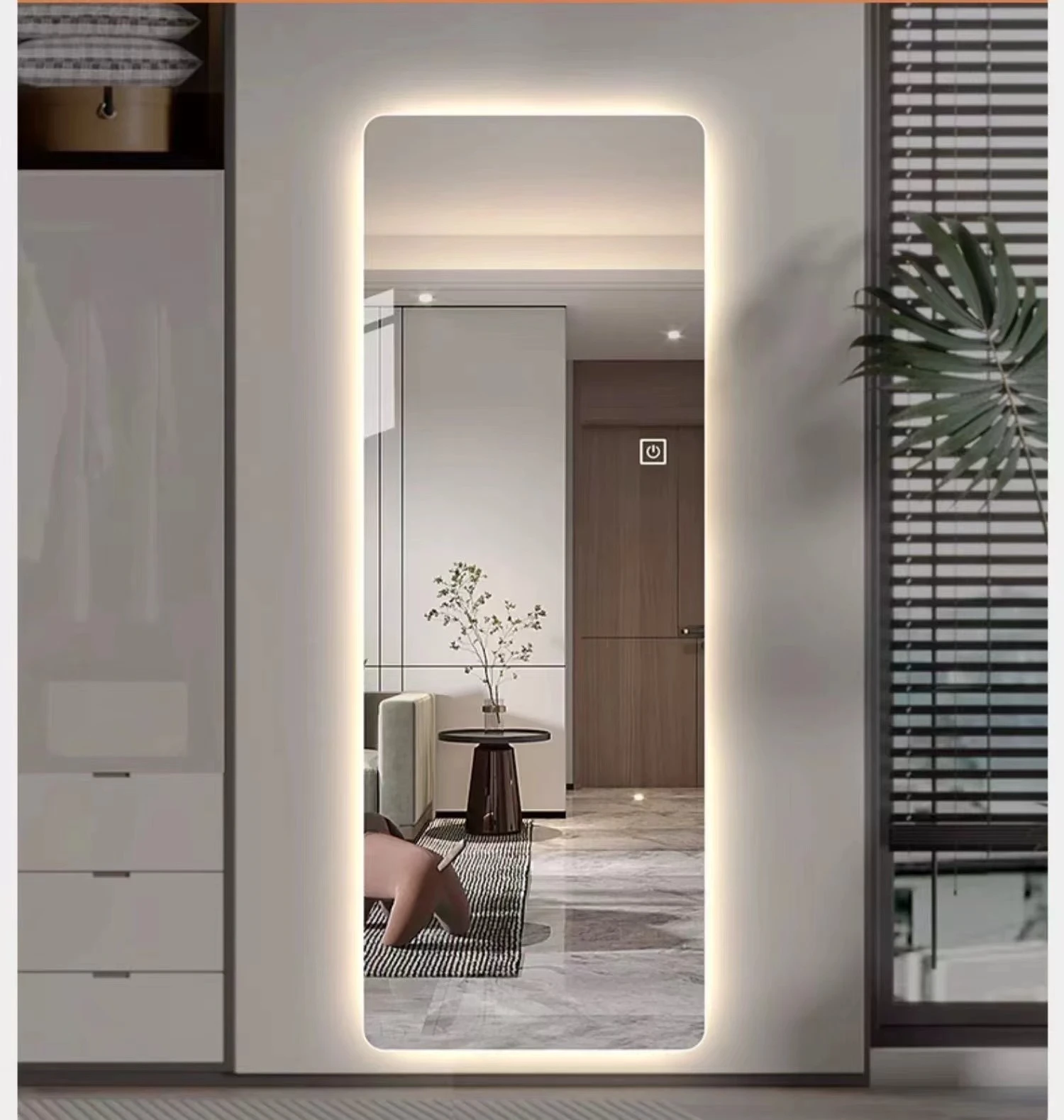

Understanding Low-E (Low Emissivity) Glass An Overview
In the realm of modern architecture and energy-efficient building design, low-emissivity (Low-E) glass has garnered significant attention for its remarkable thermal properties and ability to enhance the comfort and sustainability of residential and commercial spaces. This innovative glass technology plays a pivotal role in regulating indoor temperatures, reducing energy consumption, and improving the overall performance of buildings. In this article, we’ll delve into the science behind Low-E glass, its benefits, applications, and its impact on energy savings.
What is Low-E Glass?
Low-E glass is a type of insulating glass that has a microscopically thin, transparent coating usually made from layers of silver or other metallic oxides. This coating is designed to reflect heat back to its source, effectively minimizing the amount of infrared and ultraviolet light that passes through the glass while allowing visible light to enter. The key feature of Low-E glass lies in its low emissivity, which assists in controlling heat transfer and improving thermal insulation.
Types of Low-E Glass
There are two primary types of Low-E glass passive and solar control.
1. Passive Low-E Glass This type of Low-E glass is designed to maximize solar heat gain. It is particularly beneficial in colder climates where heating energy is a priority. The coating allows sunlight to enter while retaining heat within the building, ensuring a warm and comfortable indoor environment.
2. Solar Control Low-E Glass In contrast, solar control Low-E glass is engineered to minimize solar heat gain, making it ideal for hotter climates. This glass reflects a significant portion of the sun’s rays, helping to reduce cooling costs and enhance comfort levels inside buildings.
Benefits of Low-E Glass
The advantages of Low-E glass are extensive
- Energy Efficiency One of the most significant benefits is the energy savings it provides. By reducing the need for heating and cooling, buildings equipped with Low-E glass can lower their energy bills significantly.

- Enhanced Comfort Low-E glass minimizes cold drafts during the winter and reduces overheating during the summer, creating a more comfortable living and working environment.
- UV Protection The coating on Low-E glass blocks out harmful UV rays, which can cause fading in furniture, carpets, and artwork. This protection extends the lifespan of interior furnishings.
- Noise Reduction Low-E glass often comes with double or triple glazing, which also contributes to sound insulation. This makes it an excellent choice for homes or offices located in noisy urban environments.
- Environmental Impact By decreasing energy consumption, Low-E glass contributes to a reduction in greenhouse gas emissions, supporting efforts to combat climate change.
Applications of Low-E Glass
Low-E glass is versatile and can be used in various applications
- Residential Windows Homeowners are increasingly opting for Low-E glass windows to enhance the energy efficiency of their homes.
- Commercial Buildings Many office buildings and commercial spaces utilize Low-E glass to reduce operational costs and create comfortable working environments.
- Skylights and Curtain Walls Low-E glass is also ideal for skylights and curtain wall systems, where maximizing natural light while controlling temperature is crucial.
Conclusion
In conclusion, Low-E glass represents a significant advancement in building technology, marrying aesthetic appeal with energy efficiency. As our society becomes increasingly conscious of environmental issues and energy conservation, the use of Low-E glass is likely to continue growing. This innovative material not only enhances the comfort and livability of spaces but also plays a vital role in fostering sustainability and reducing our ecological footprint. Whether in a residential setting or a high-rise office, Low-E glass proves to be a smart investment for the future of architecture and design.